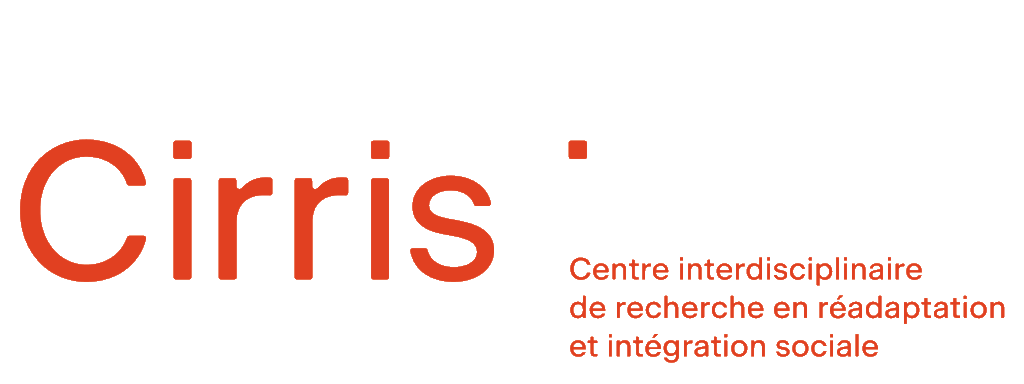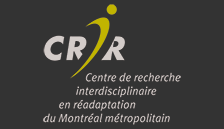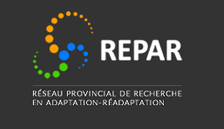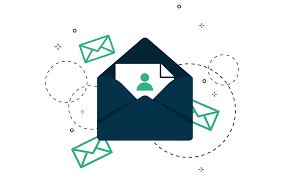How to establish and decide roles and responsibilities of each member of the partnership?
Shane Sweet, Prof. McGill University, and Heather Gainforth, Prof. University of British Colombia
This clip discusses how to define the profile of the right user (individual or group) of the research, for whom the research would be beneficial. But also how to identify the right research partner.
Subtitles available
LSQ Version - Quebec sign language
Share





